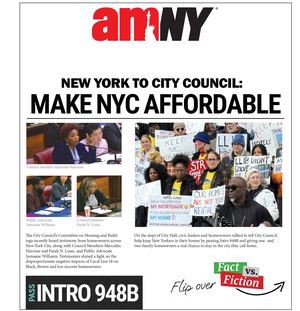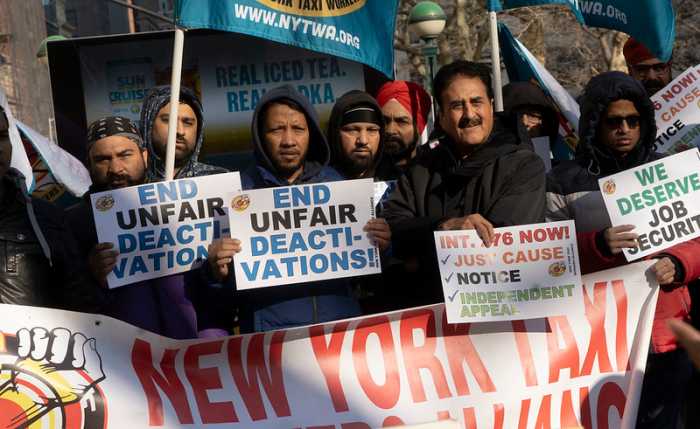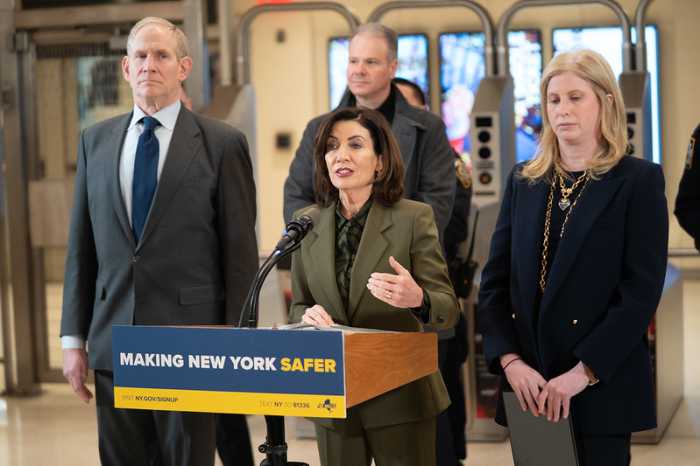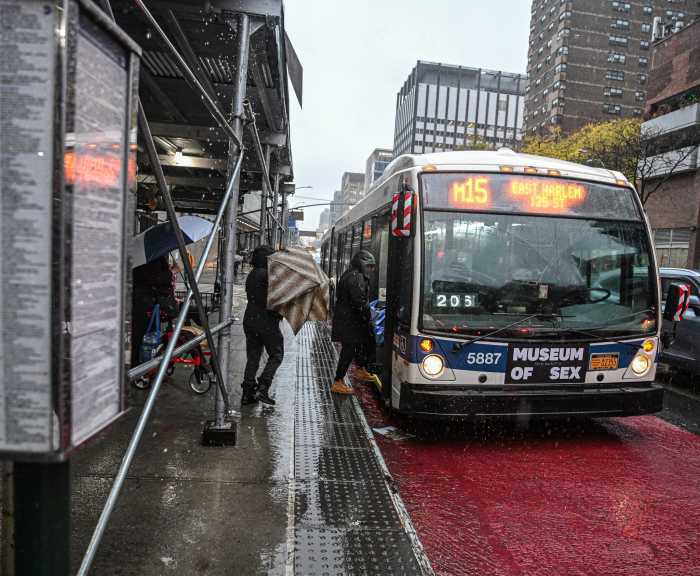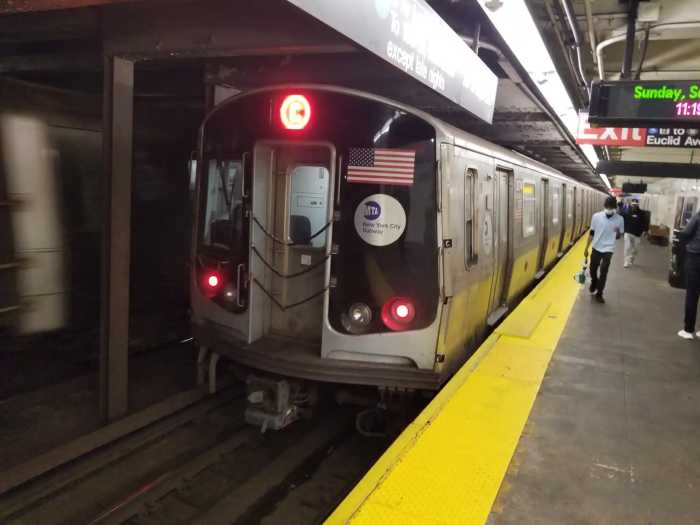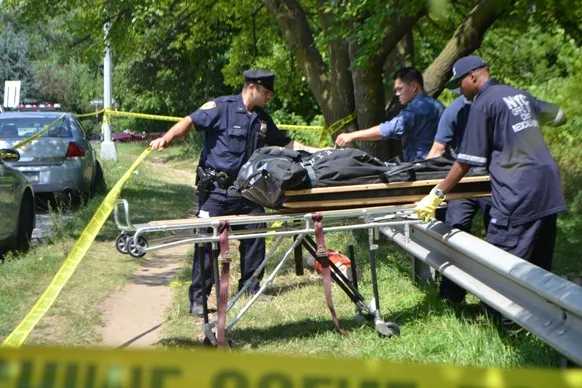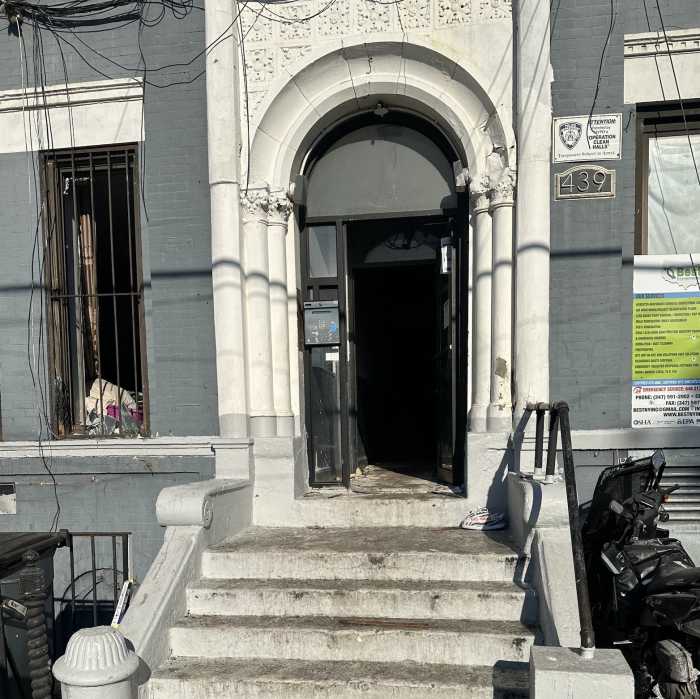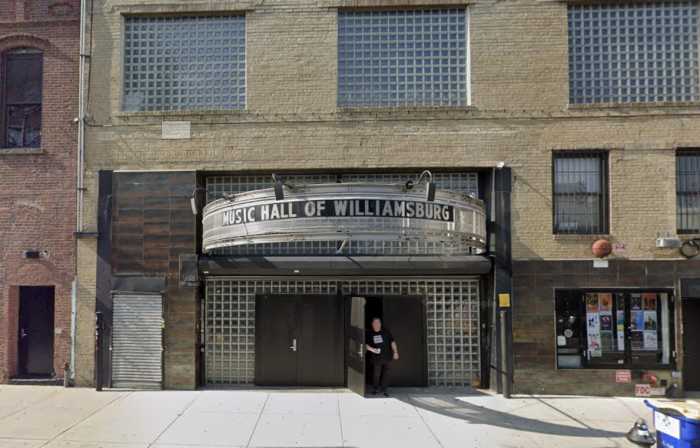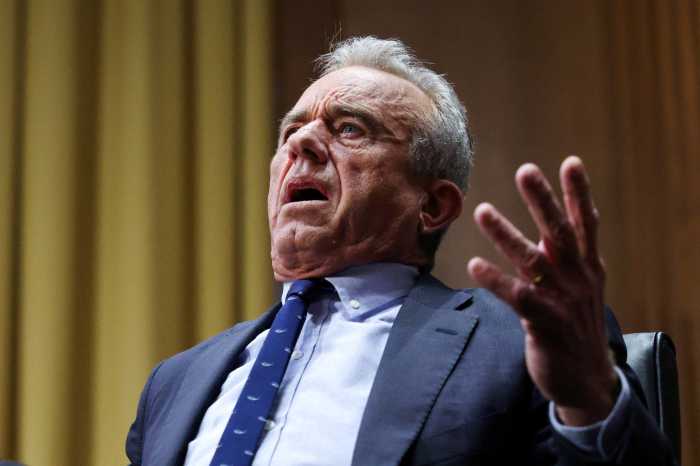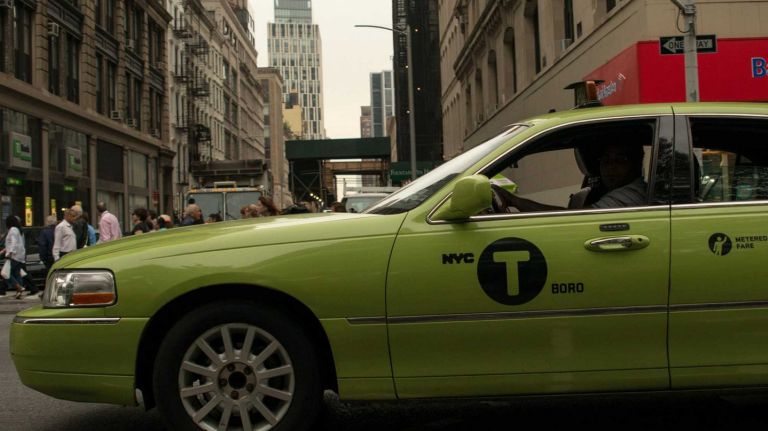
In a move to better serve wheelchair users in the five boroughs, the city’s Taxi and Limousine Commission has pitched a citywide-expansion of its accessible dispatch program.
The current Manhattan-based program allows wheelchair users to call, text or e-hail accessible yellow or green cabs for trips starting in Manhattan with destinations in any areas of the city. Under the expansion, commuters would be able to arrange accessible pick-ups from all five boroughs.
“The rest of the city needs the same service,” said TLC Commissioner Meera Joshi, introducing the proposal at an agency hearing on Thursday. She pointed to the agency’s successes in Manhattan over the course of the dispatch program’s near four years of operation.
The TLC is on pace to provide a record 60,000 trips through the dispatch service in 2016. With a fleet of about 1,100 accessible yellow and 580 accessible green cabs, wait times average just below 12 minutes, according to the agency.
“This program will help so many people be so much more productive and be more able to get out and just contribute in the ways they’d love to in the community,” said Stefan Henry, 27, an Upper West Side resident and wheelchair user who added that it could take him up to two hours through Access-A-Ride and mass transit to make simple outer-borough trips.
Accessibility advocates said they like the program, but were somewhat skeptical that the agency could implement the expansion and maintain its level of service—at least not without also increasing the number of accessible taxis, which account for about 7.5 percent of the entire green and yellow cab fleet.
“I’m very concerned the number of vehicles they’re now building the five boroughs on—it’s not so big,” said Edith Prentiss, chair of the Taxis For All Campaign.
The TLC countered by noting that as trip volumes increased, wait times have decreased as the number of accessible taxis went up. From just under 4,000 trips per month in January, to 6,000 in October, average waits have decrease by more than four minutes.
“The program’s really come a long way,” said Alex Elegudin, the accessibility program manager. “We have the capacity to expand the program without a dip in service.”
Others called for the agency to incorporate e-hail app companies like Uber and Lyft into the accessible landscape.
“If the TLC really wants to expand accessible service, it should listen to disability advocates and force Uber and Lyft to put their own accessible vehicles on the road, just like taxis already do,” said Dustin Jones, of United for Equal Access New York.
Joshi said that the agency is developing an accessibility proposal for the for-hire sector, which includes e-hail apps and more traditional livery and black car services.
“Our ultimate goal, if we can get there, is to integrate accessible vehicles into the fabric of the fleet so everyone, no matter their level of mobility, could get one without having to call a separate service,” she said.
The TLC is expected to vote on the dispatch proposal at its December board meeting.
Correction: An earlier version of this article incorrectly identified Dustin Jones as David Jones.
